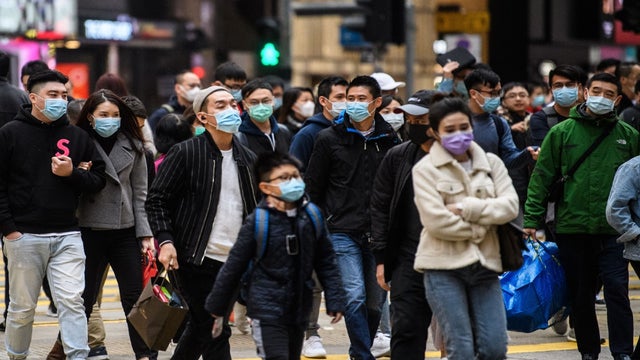COVID-19: Giving more meaning to Resilient City Planning in the wake of a Pandemic
In the face of the novel coronavirus outbreak, there is more to resilience in city planning than climate, landscapes, ecology and natural disasters.

At the start of a new decade, the spread of the newly coined COVID-19 coronavirus disease is at the mercy of globalisation, infecting people across continents and claiming lives at an alarming rate. As the world looks upon rising figures, many of us in the building and environment industry are also observing how cities are responding to the crisis as the outbreak evolves.
Global epidemics are not new, but cities in China have been locked down for the first time in history effectively curbing the movement of 56 million people. Public transport and roads are cut off. Certain districts have implemented protocols where only one person in a household is allowed to go out for groceries every few days.
Outside of China, mandatory 14-day quarantine for anyone entering from mainland China is required. Many businesses, including architectural projects have been progressing slowly since. Public spaces throughout cities are full of reminders of the virus. Schools have suspended on-campus classes and office workers are working from home.

In urban and social spheres, certain behaviours have been less than easy to deal with. While some countries have put up geographical barriers by closing borders, mainland residents have put up physical barriers and “No Outsiders Allowed” signs to deter the spread of the virus into their local communities. Unabashed hoarding, panic buying, alarmism and xenophobia have also reared its ugly head in affected countries, both online and offline.
When citizens respond to fear, their needs change accordingly and so do their cities. The fragility of peace and everyday life as we know it, is knitted in an intricate web of social and economic connections that are easy to lose sight of in a state of panic.
In uncertain times like this, this brings to question:
- How do we plan for cities to still function when public transport and roads are made inaccessible?
- How do we limit the effect on urban economics when human-to-human contact is minimised to lower the risk of transmission?
- When time is of the essence, prefabricated modular units make for quick assembly. However, is it possible to design rapidly deployable yet environmentally-friendly alternatives such that they can be disassembled and repurposed?
- How can sensitive design cushion people’s morale when they are isolated or quarantined at home?
The term “Resilience” is frequently (and endearingly) used in our industry. There is no lack of projects promoting resilient cities, landscapes and ecology in the wake of shocks and stresses in 21st century urbanism. In the light of COVID-19, we must realise that there is more to resilience in city planning than climate, landscapes, ecology and natural disasters.
As landscape architects, urban designers and problem solvers, we must respond to catastrophes like this by conceiving fresh notions on how to build both short-term adaptation and long-term resilience into infrastructure and planning. As global citizens, we are to be resilient ourselves by establishing responsible and encouraging attitudes rather than giving fear and anxiety a seat at the table by allowing misinformation to go viral.

